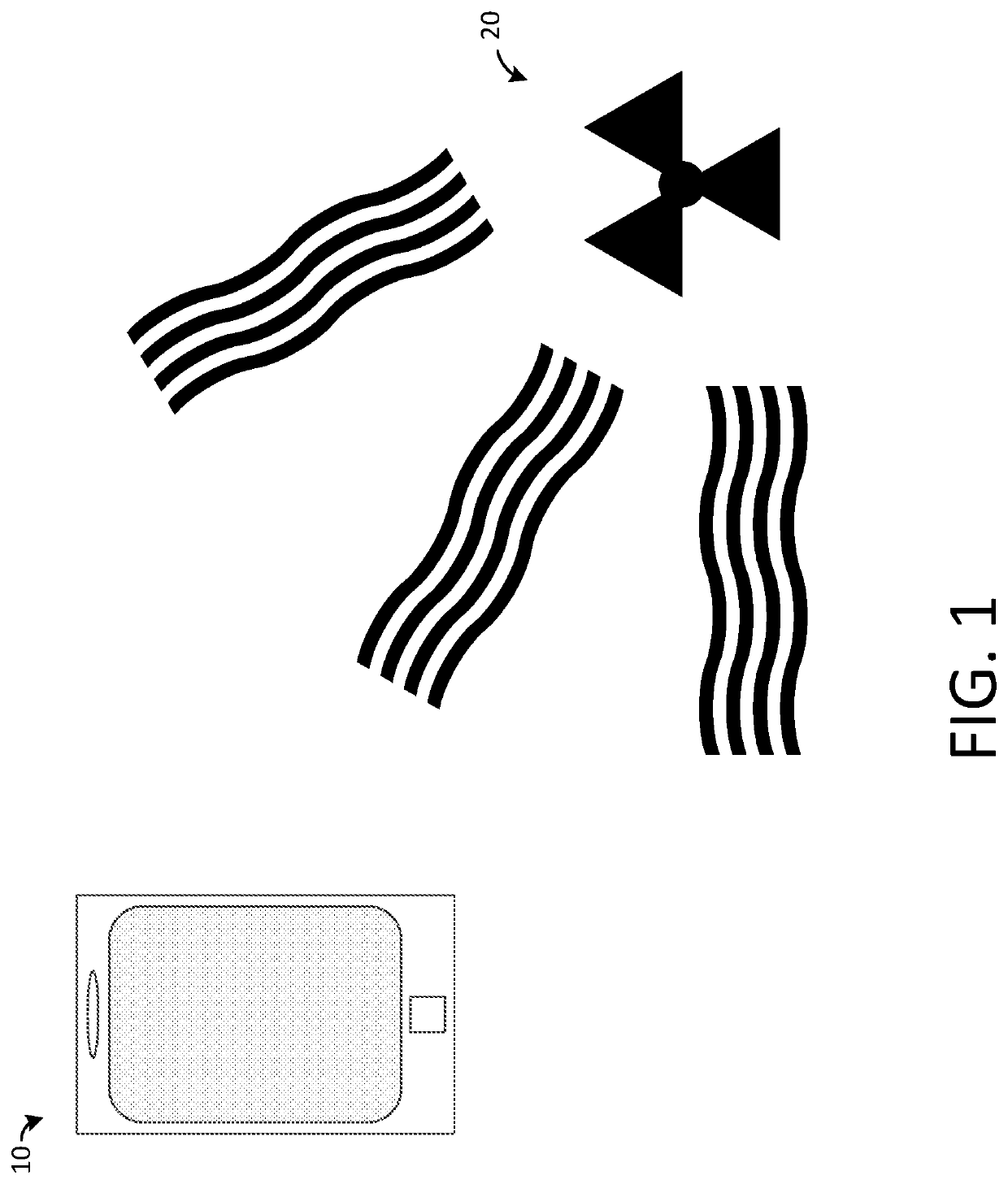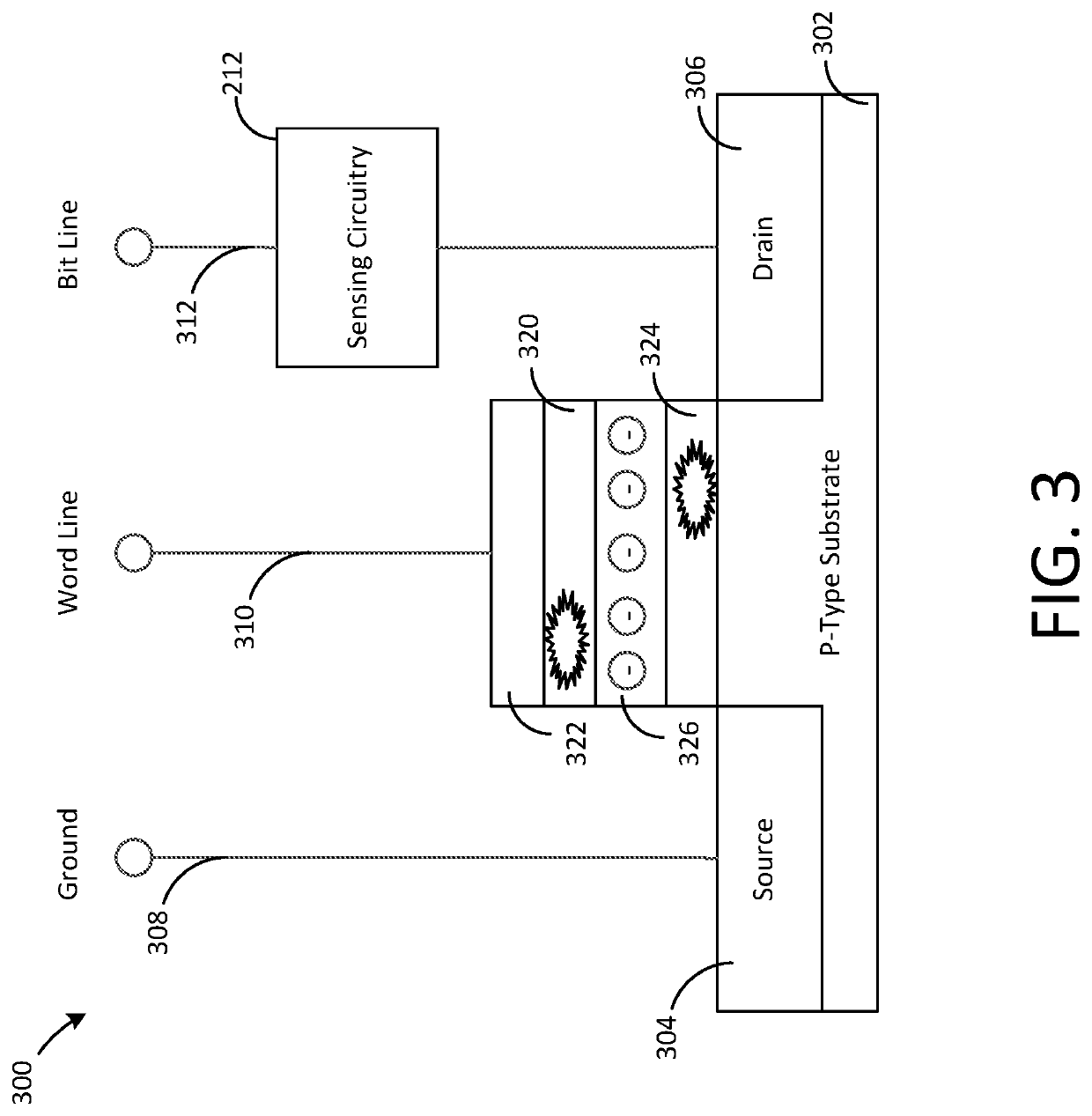Systems and methods for sensing radiation using flash memory
a technology of flash memory and radiation sensing, applied in radiation measurement, instruments, measurement devices, etc., can solve the problems of radiation exposure of nuclear plant workers, and radiation exposure of emergency responders and hazardous materials personnel
- Summary
- Abstract
- Description
- Claims
- Application Information
AI Technical Summary
Benefits of technology
Problems solved by technology
Method used
Image
Examples
Embodiment Construction
[0012]The present disclosure generally pertains to systems and methods for sensing radiation based on flash memory. A device having a flash memory may monitor various characteristics of the flash memory to determine when damage to the flash memory has occurred from radiation exposure. The device may associate damage to the flash memory with presence of radiation, and determine a level of radiation to which the memory, and thus the device, has been exposed. The device also may determine a length of time and locations where the radiation exposure has occurred. If the device determines that the level of radiation exposure exceeds a threshold associated with a safe level of radiation exposure for a human user, the device may generate an alert to the user.
[0013]FIG. 1 depicts a front view of a mobile device 10 of a radiation sensing system in accordance with some embodiments of the present disclosure. The mobile device 10 of FIG. 1 is depicted as a smartphone using flash memory, such as ...
PUM
 Login to View More
Login to View More Abstract
Description
Claims
Application Information
 Login to View More
Login to View More - R&D
- Intellectual Property
- Life Sciences
- Materials
- Tech Scout
- Unparalleled Data Quality
- Higher Quality Content
- 60% Fewer Hallucinations
Browse by: Latest US Patents, China's latest patents, Technical Efficacy Thesaurus, Application Domain, Technology Topic, Popular Technical Reports.
© 2025 PatSnap. All rights reserved.Legal|Privacy policy|Modern Slavery Act Transparency Statement|Sitemap|About US| Contact US: help@patsnap.com



